The energy efficiency improvements of the Potemkin and Golinsky palace in Krichev preserves local historic and cultural heritage, cuts CO2 emissions, and brings socio-economic benefits to the local communities and guests.
Improved energy efficiency of heritage buildings reduces CO2 emissions and boosts local development
July 4, 2023
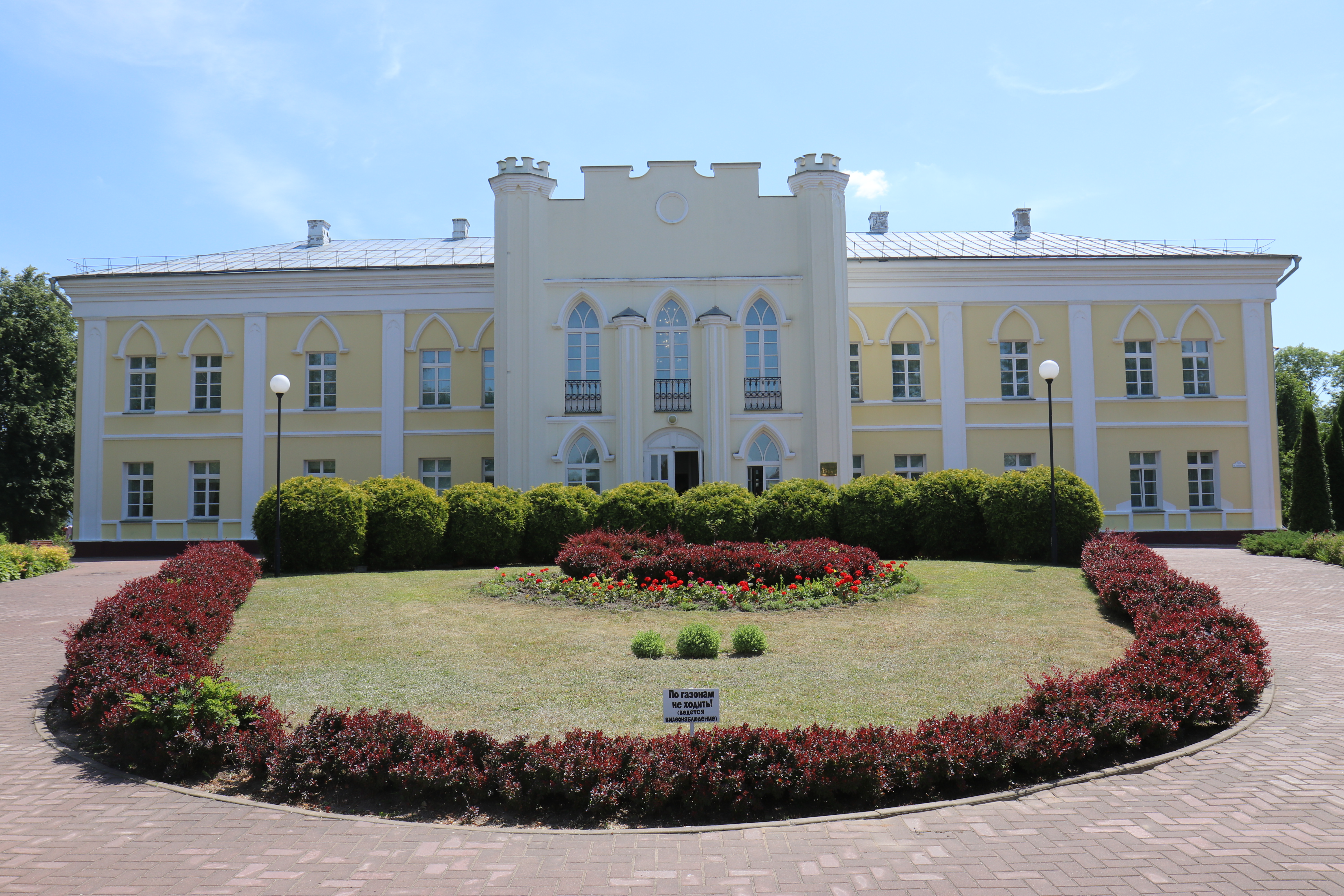
Palace of Potemkin and Golinsky (late 18th century) in Krichev, Mogilev Region, Belarus.
There are many ways to make a home more energy efficient, for example by insulation or installation of solar panels. However, these measures are not applicable to heritage and historic buildings due to the necessity to preserve their authentic look. There are other solutions exist for improving energy efficiency characteristics of historic and heritage sites.
Historic building and heritage sites play an important role in local development. They have a strong potential to generate revenues for small businesses through attracting flow of tourists into rural areas.
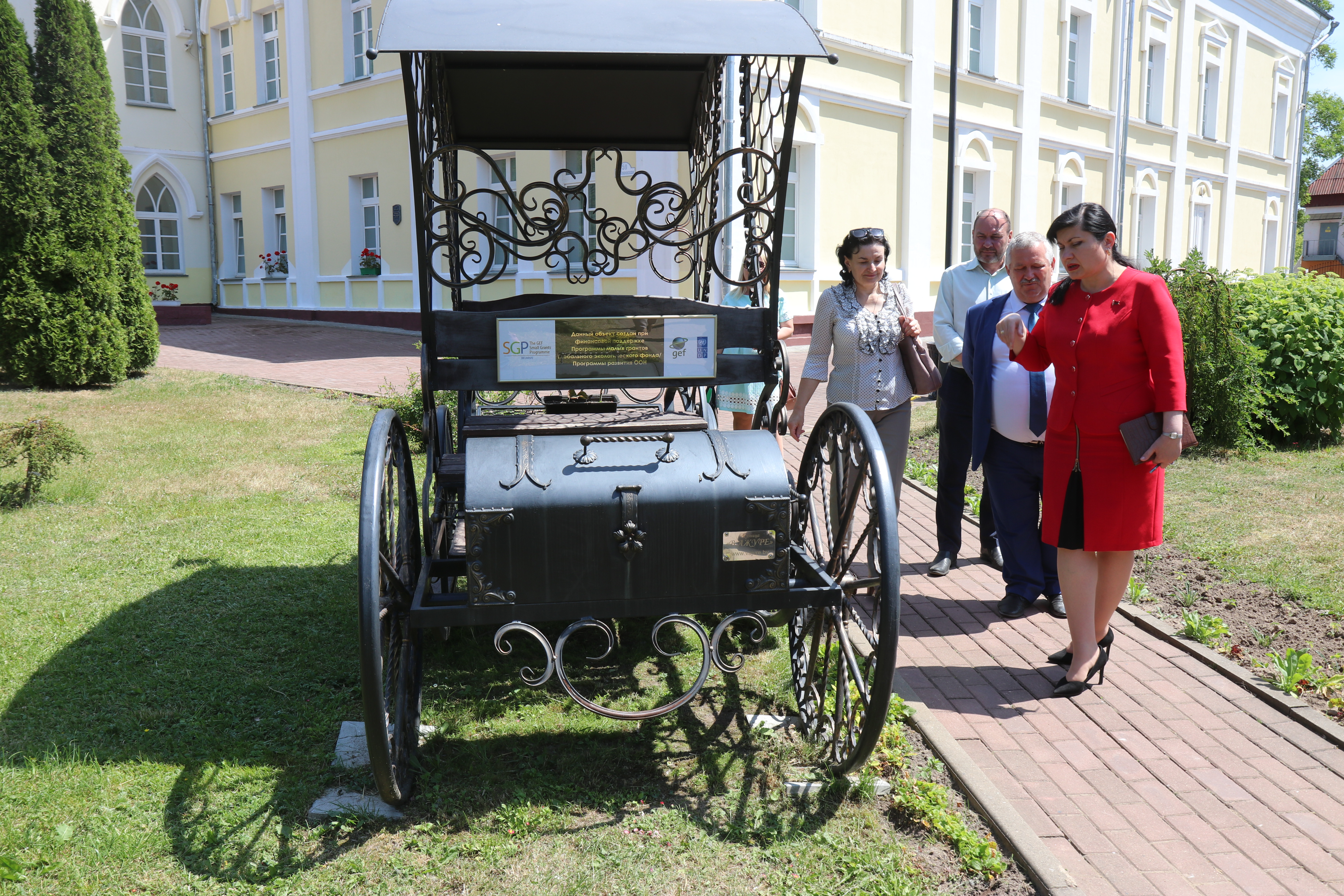
More than 30,000 tourists and locals visit the palace complex every year.
Krichev district is rich in heritage sites. There are 85 historic and cultural buildings located within the district’s borders, which makes the area attractive to tourists.
In partnership with local authorities, the UNDP/GEF Small Grants Programme supported an energy efficiency project in the Krichev district heritage sector. The project aimed at ‘decarbonizing’ the district’s most famous and precious historic building – “ Palace of the Potemkin and Golinsky” of XVIII century – by introducing technological improvements for better energy efficiency.
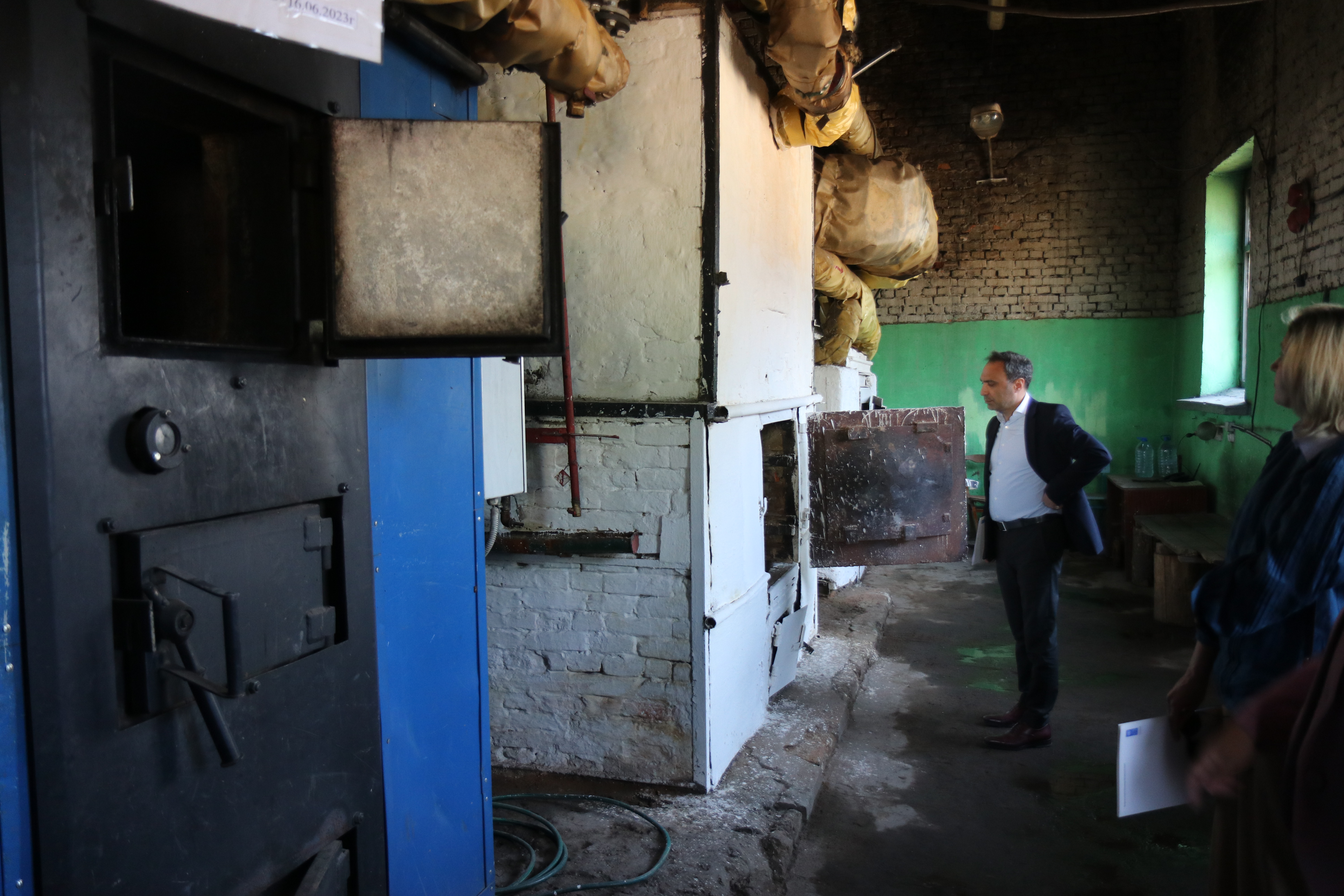
New boiler with increased energy efficient characteristics.
As part of the project, the GEF SGP/UNDP has installed smart heating system and replaced an old boiler with a new, energy efficient model. The benefits of the renovated heating system can be felt beyond the palace’s premises. The new boiler serves heat to neighboring buildings within 3 km area that also includes social buildings such as a school and the district hospital. Apart from this, the renovation helps the local budget annually save US$ 15,000 on heating bills and to cut carbon emissions by 5%.
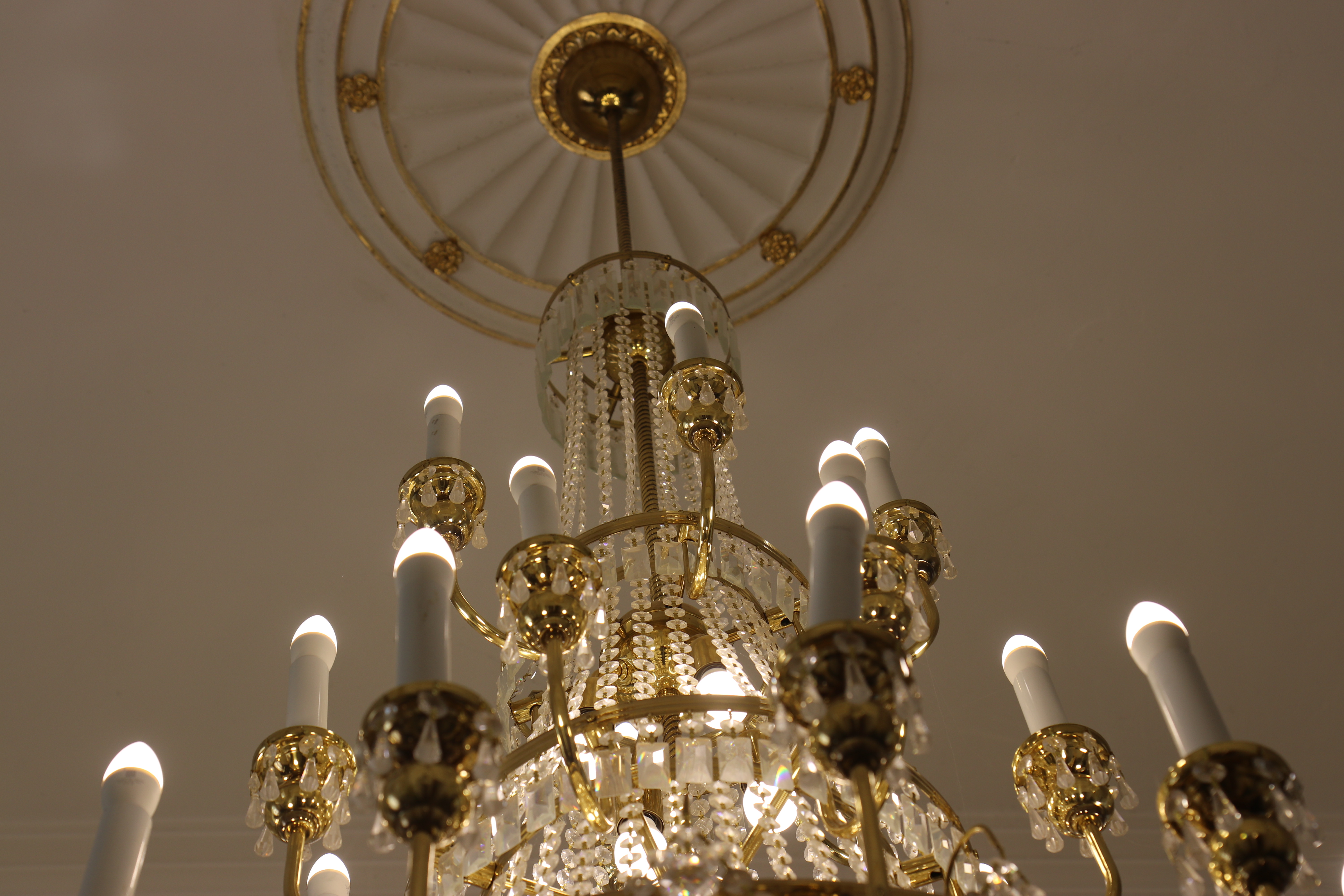
New energy saving light bulbs in the interior of the palace.
The energy efficient improvements have also been carried out on the palace’s lighting. The measure has included replacing 70% of the lights bulbs inside the palace with light-emitting diode (LED).
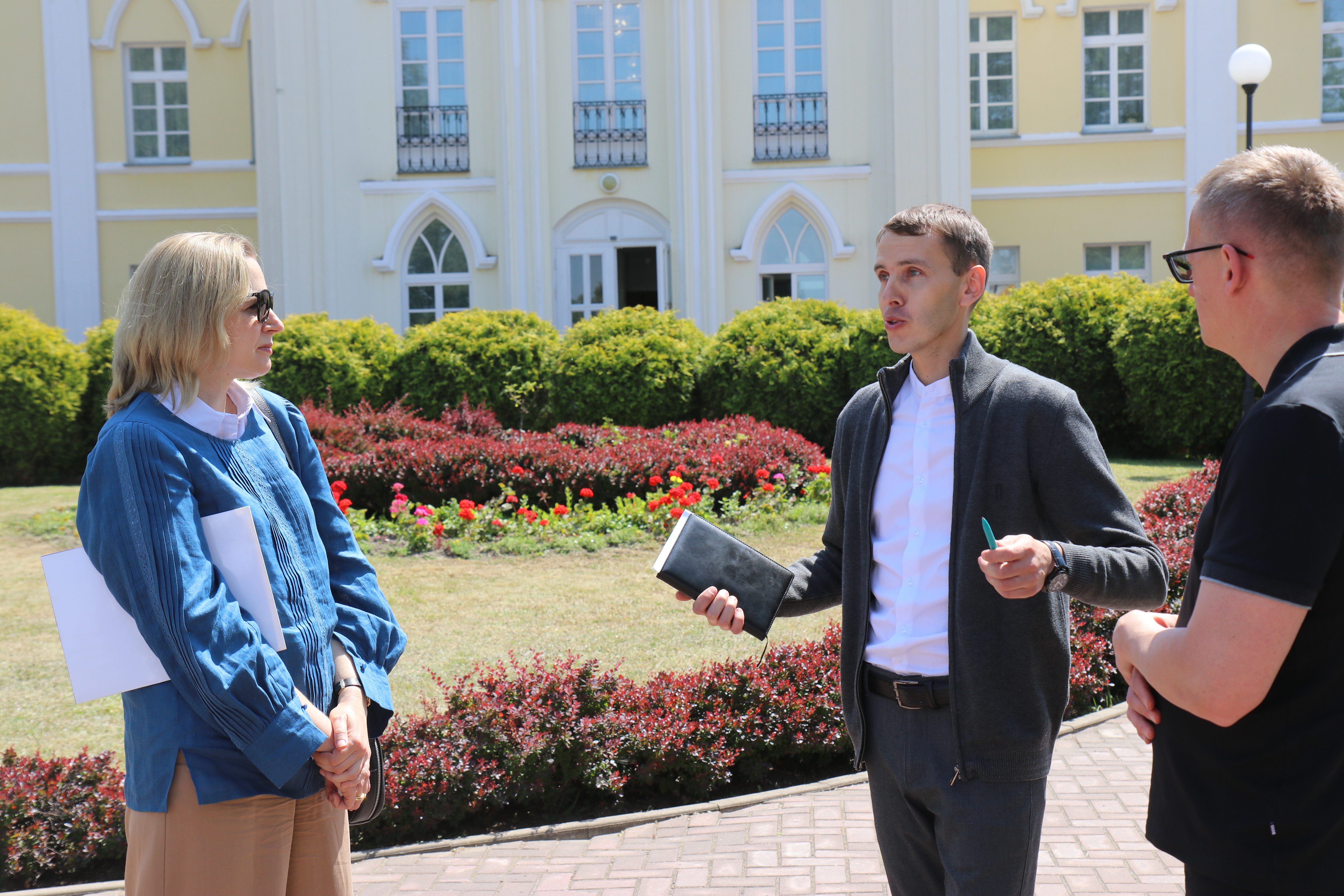
Alexandra Solovieva, UNDP Resident Representative in Belarus visits the project as a part of a joint mission of UNDP, GEF SGP/UNDP and the Ministry of Environment of Belarus to the south-eastern districts of Mogilev region.
By joining efforts with local authorities, the Ministry of Nature, businesses and NGOs on introducing energy efficient solutions for historic buildings we are unlocking new opportunities to achieve social, economic and environmental goals and to set the district on a path towards green and sustainable development.Alexandra Solovieva, UNDP’s Resident Representative in Belarus
Due to their age and fragility, historic buildings need constant care and maintenance to ensure their functionality and prevent deterioration. Better energy efficiency characteristics also improve interior comfort, which is important factor for attraction of tourists.
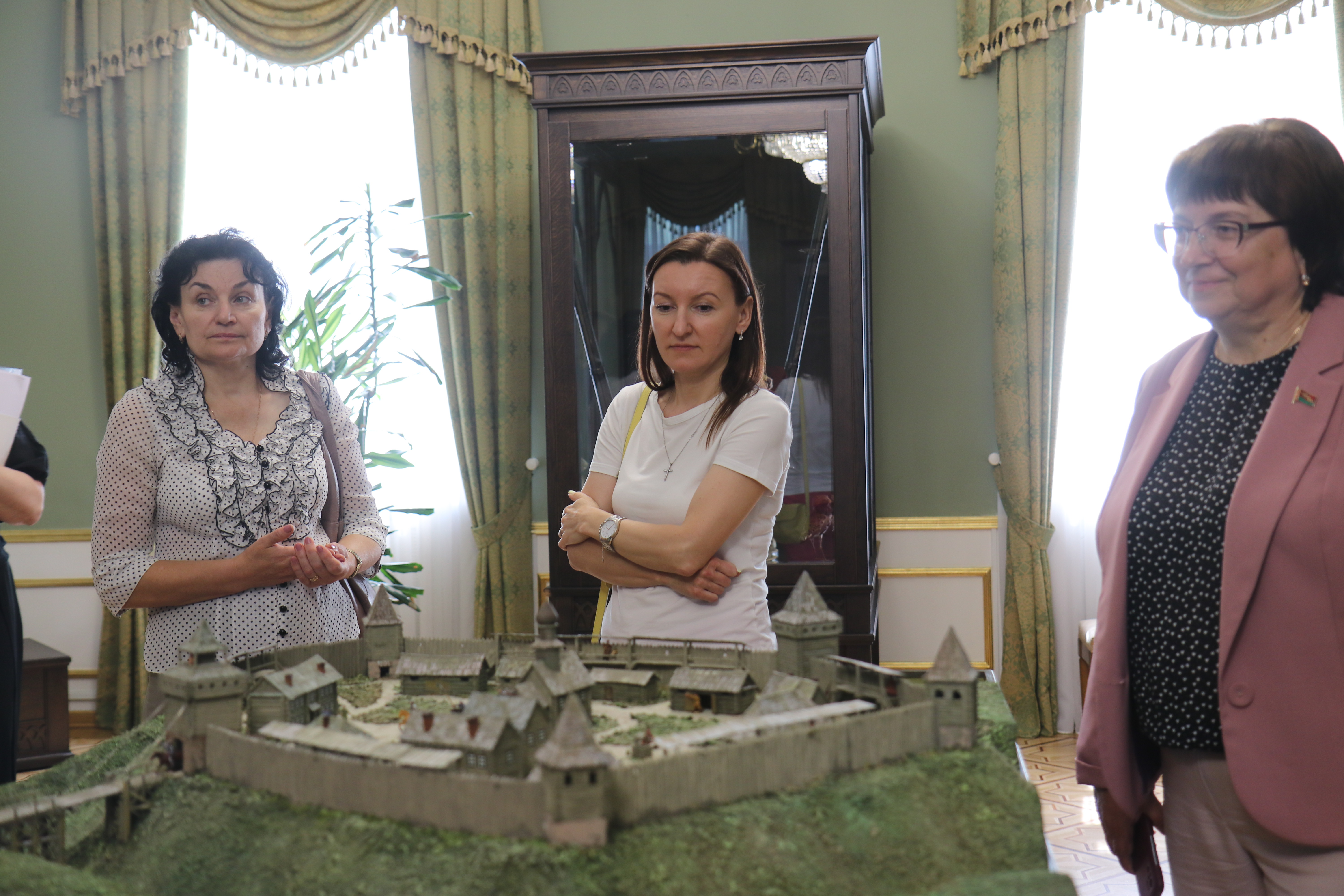
In this context, more than 30,000 tourists and locals who visit the palace annually are direct beneficiaries of the project’s interventions.
The GEF SGP/UNDP project helped maximize the historic heritage’s green potential for bringing down the carbon footprint and fostering ecotourism development.

 Locations
Locations



